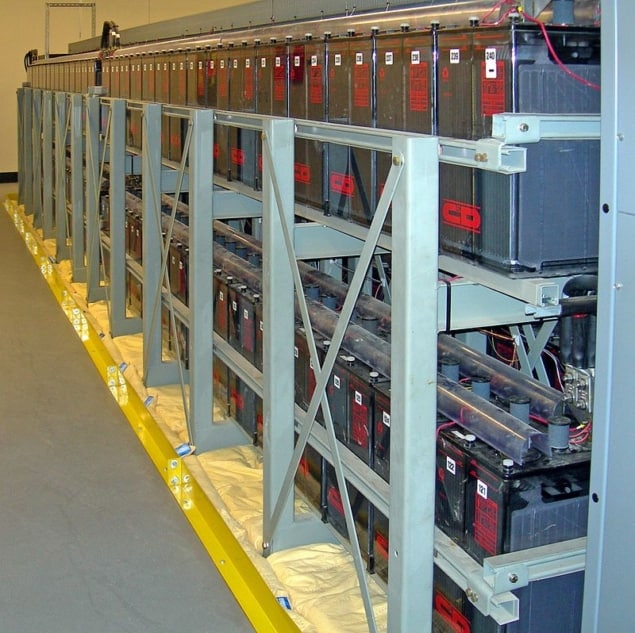
If you’re reading this with a rechargeable battery powered appliance, the chances are it’s a lithium-ion battery based on intercalation chemistry. But with increasing demands for higher energy density power banks the search is on for alternatives.
“Intercalation of a cation into a structure (along with the accompanying stored electron) doesn’t change the framework very much. Charging and discharging is like driving a car in and out of a parking garage, where the framework remains intact,” explains Linda Nazar, a professor in the Department of Chemistry at the University of Waterloo in Canada. “But if you try to drive too many cars in you get irreversible changes to the structure.” In addition to this fundamental limitation to the energy storage capacity this poses, lithium ion batteries use metals such as cobalt, whose cost is increasing and where sustainable mining is problematic.
The push towards alternatives to the intercalation chemistry of lithium-ion batteries has led to increased interest in lithium-oxygen batteries, which charge and discharge by converting lithium and oxygen into a metal oxide and back again. However parasitic side reactions have plagued efforts to maximize the efficiency and reversibility of this reaction for several years.
After years of working on lithium-oxygen batteries, Nazar’s group came to the conclusion that the organic solvents used for the battery electrolyte were simply not workable. Using selected inorganic electrolyte counterparts that operate at temperatures of 150 °C, and a bifunctional electrocatalyst, her team was able to demonstrate high-energy-density reversible lithium-oxygen battery charging and discharging with close to 100% coulombic efficiency that operates with a four electron redox reaction.
Chemistry coming together
Previous designs of lithium-oxygen batteries have largely used a carbon electrode and an organic electrolyte and form lithium peroxide (Li2O2) on discharge. Instead Nazar and her team use a noncarbonaceous composite cathode composed of nickel nanoparticles for the cathode and a lithium nitrate/potassium nitrate (LiNO3/KNO3) eutectic molten salt as a liquid electrolyte.
The molten salt electrolyte has a number of key properties. Reduction of oxygen forms reactive superoxide that is primarily responsible for the parasitic side reactions that impinge on the reversibility and efficiency of the cell. However in Nazar group’s design the nickel nanoparticles at the cathode become coated with LixNiO2 in situ, and this LixNiO2 catalyses the four electron conversion of oxygen into lithium oxide (Li2O) a process that is reversed on charge with the aid of the electrocatalyst. Reduction-oxidation to Li2O also doubles the electron storage, increasing the energy density of the cell by 50% compared with the peroxide.
In addition, the electrolyte provides just the right solubility for the ions, sufficient for Li2O crystals to nucleate at the electrode but not so great that they accumulate all over the cell and lose contact with the electrode.
“There are numerous facets of this chemistry that have to come together to make it work,” says Nazar. “While I wouldn’t say I was surprised that it worked I was pleased – there has been a lot of frustration in the field, so it was nice to see that oxygen chemistry can work well.”
Read more

Niobium tungsten oxides help make faster-charging batteries

Niobium tungsten oxides help make faster-charging batteries
Molten inspiration
Nazar points towards a wealth of literature on the properties required for a good oxygen evolution and reduction catalyst, including several papers by Yong Shao Horn at MIT. However she attributes the success of their battery design largely to inspiration from previous work published on molten salt oxygen electrochemistry by Liox Power and colleagues at Caltech and Berkeley that used a carbon cathode, and the tenacity of her postdoc Chun Xia for attempting to build on the work. Finding the right bifunctional catalyst/metal cathode was key.
While the elevated operating temperatures of the battery may limit applications, there are examples of other types of battery and fuel cells with higher operating temperatures that are already commercialized. However Nazar tells Physics World, “For us the main impact is demonstrating that lithium-oxygen chemistry is reversible.” Future work will focus on improving the electrochemistry.
Full details are available in Science.



